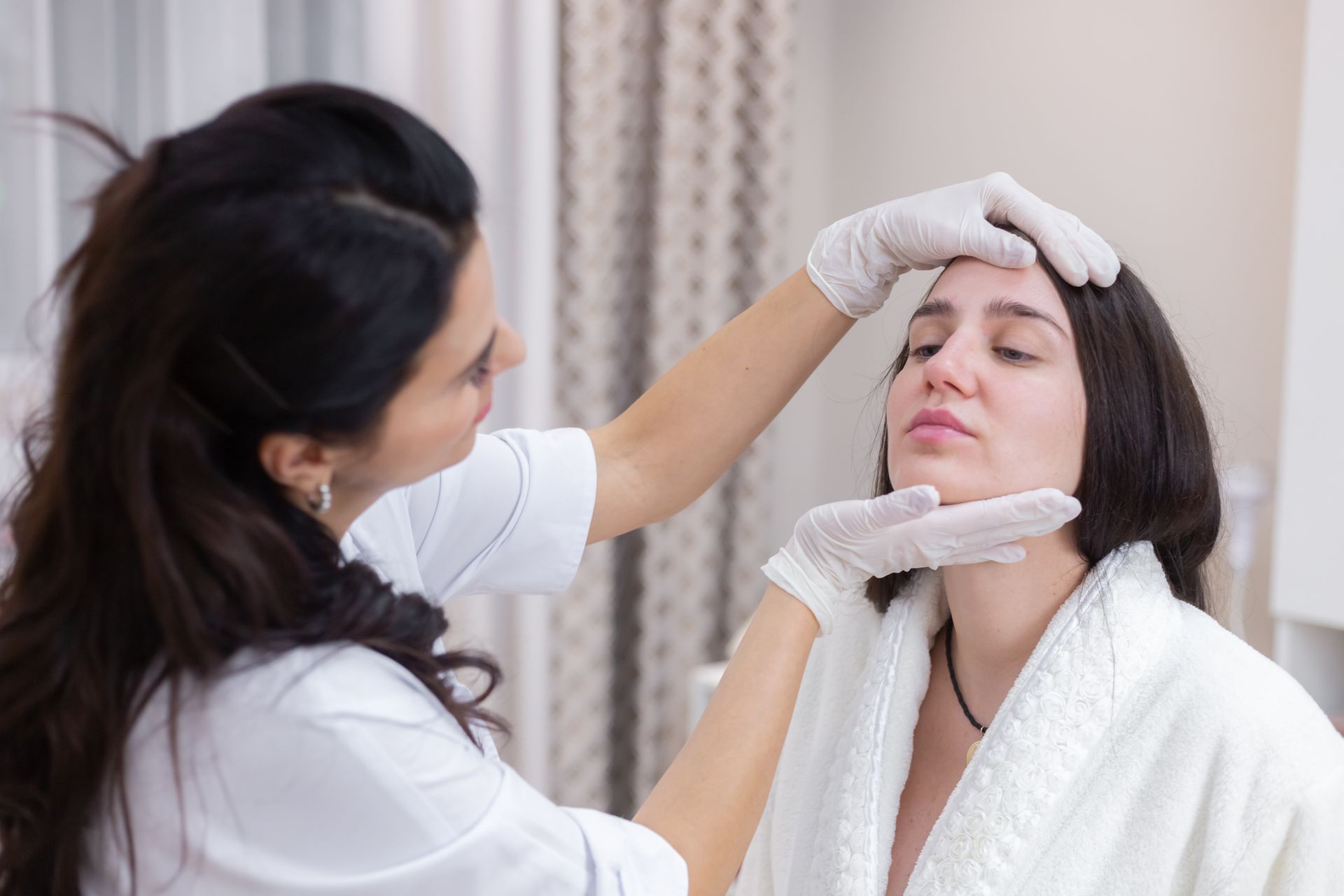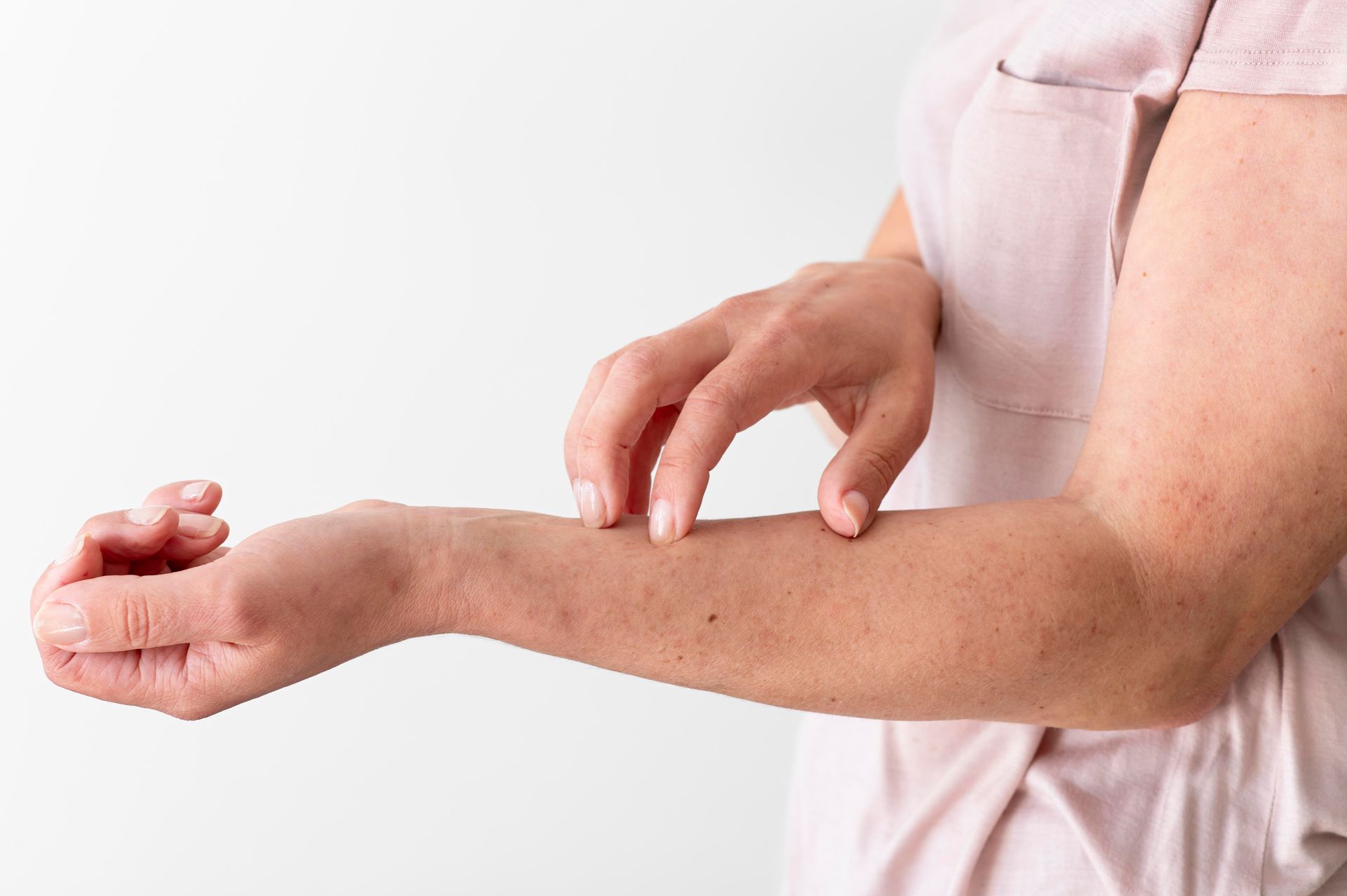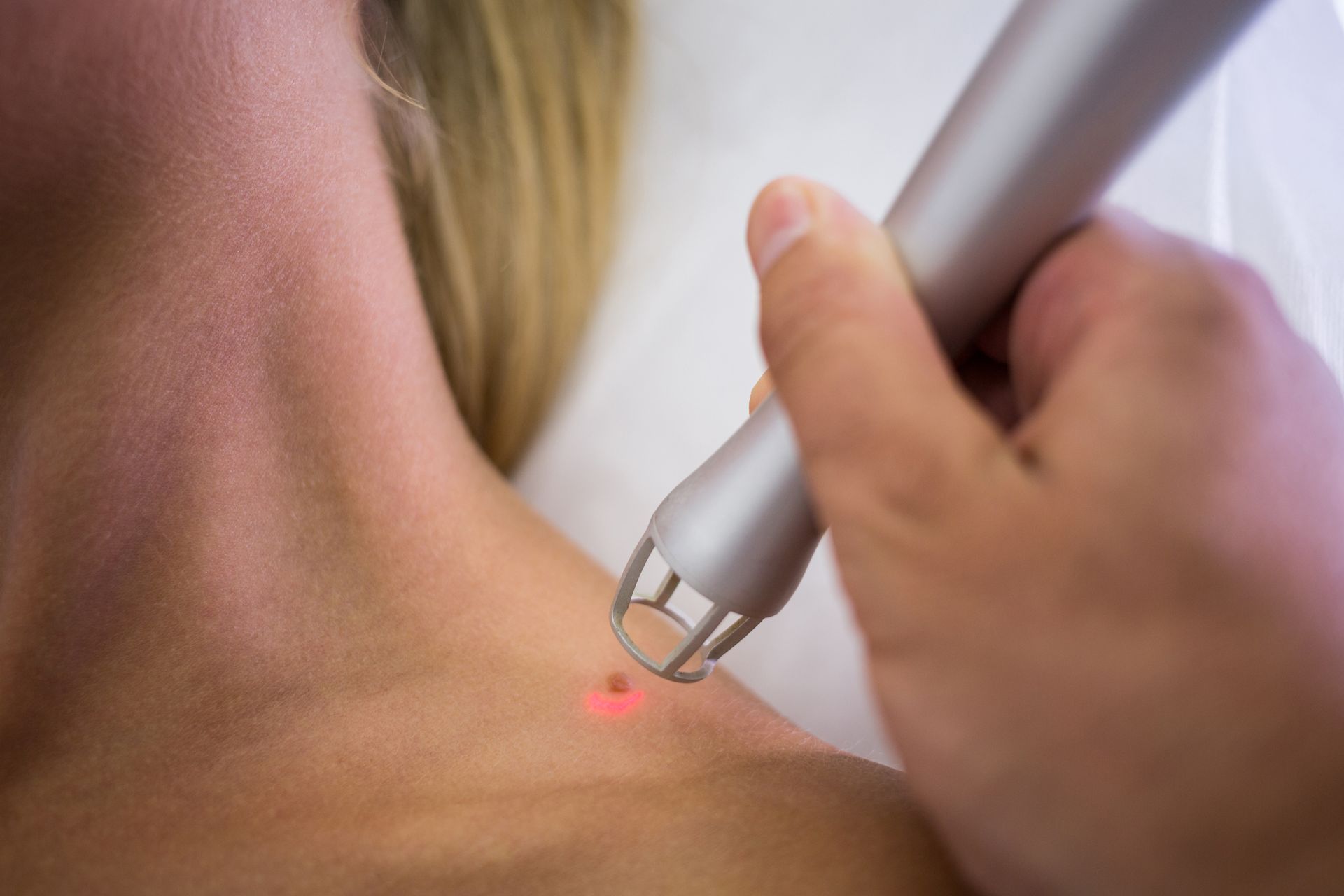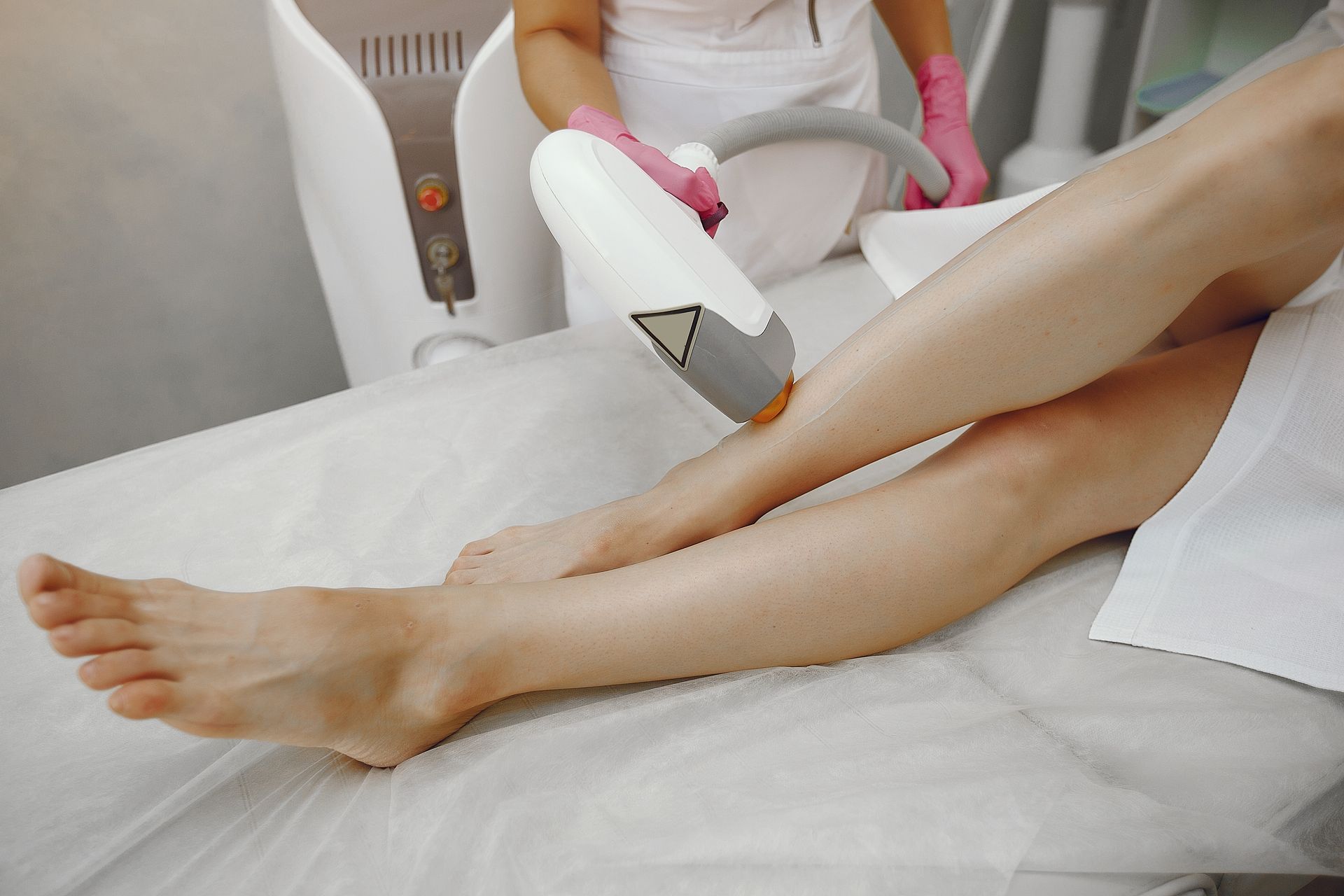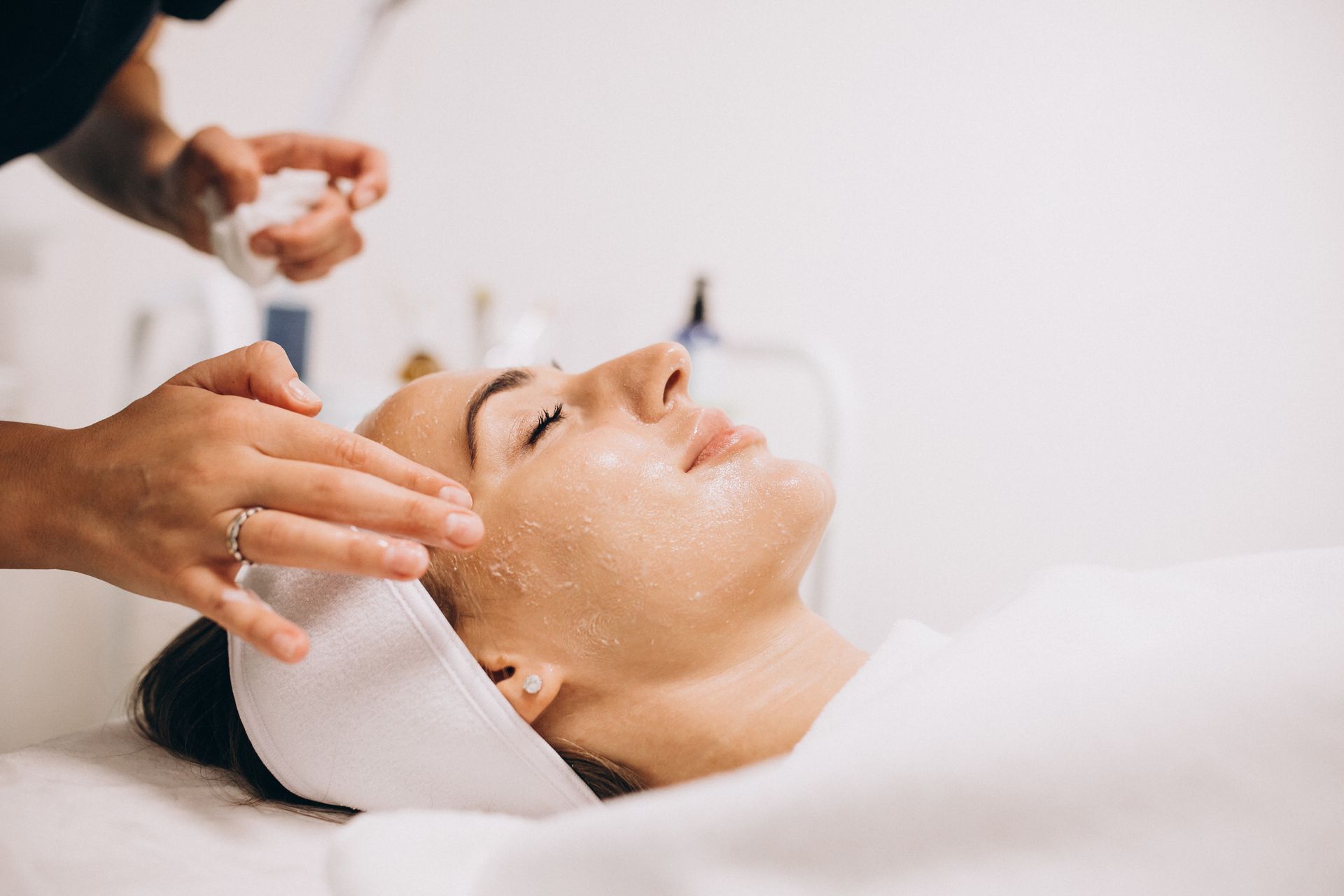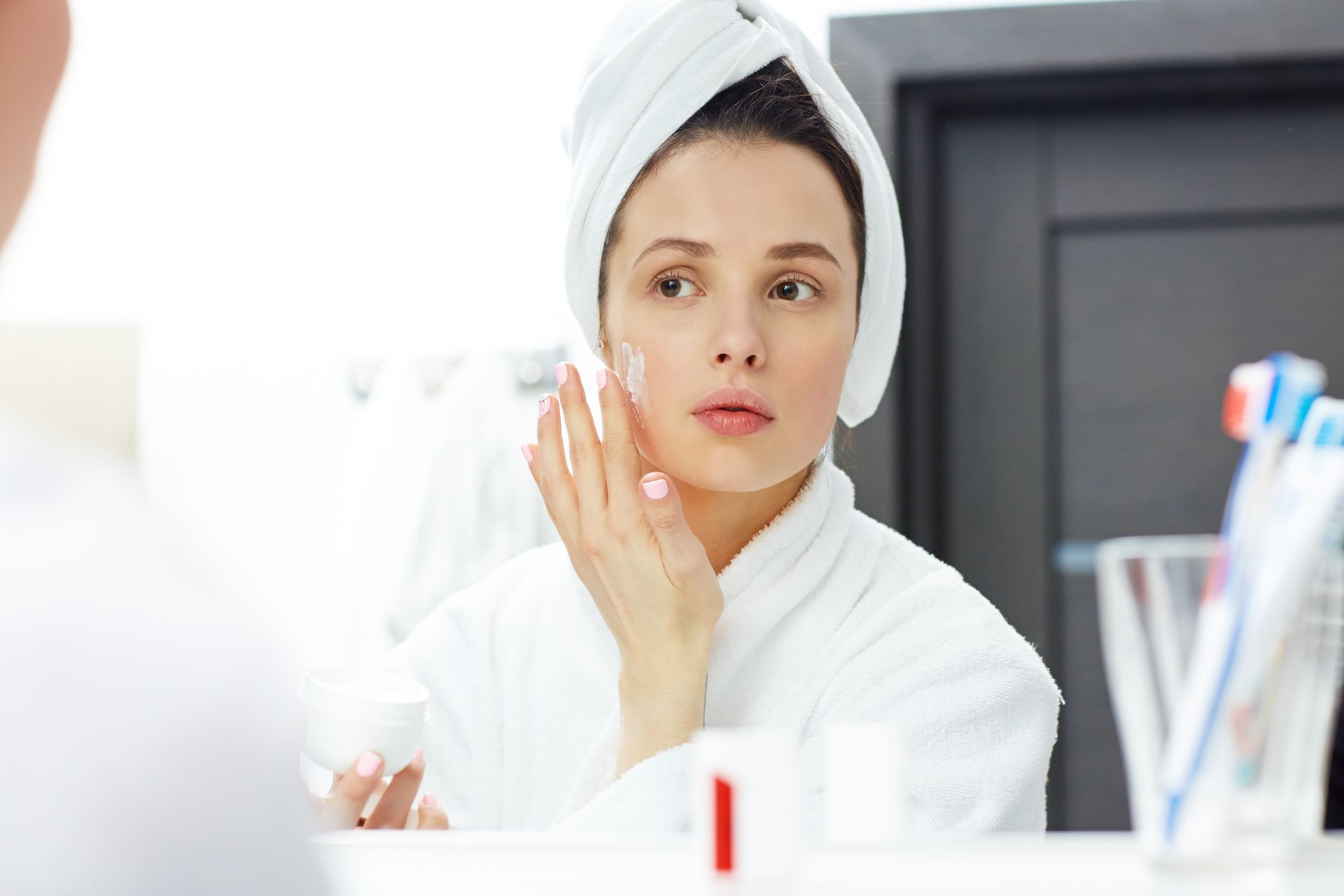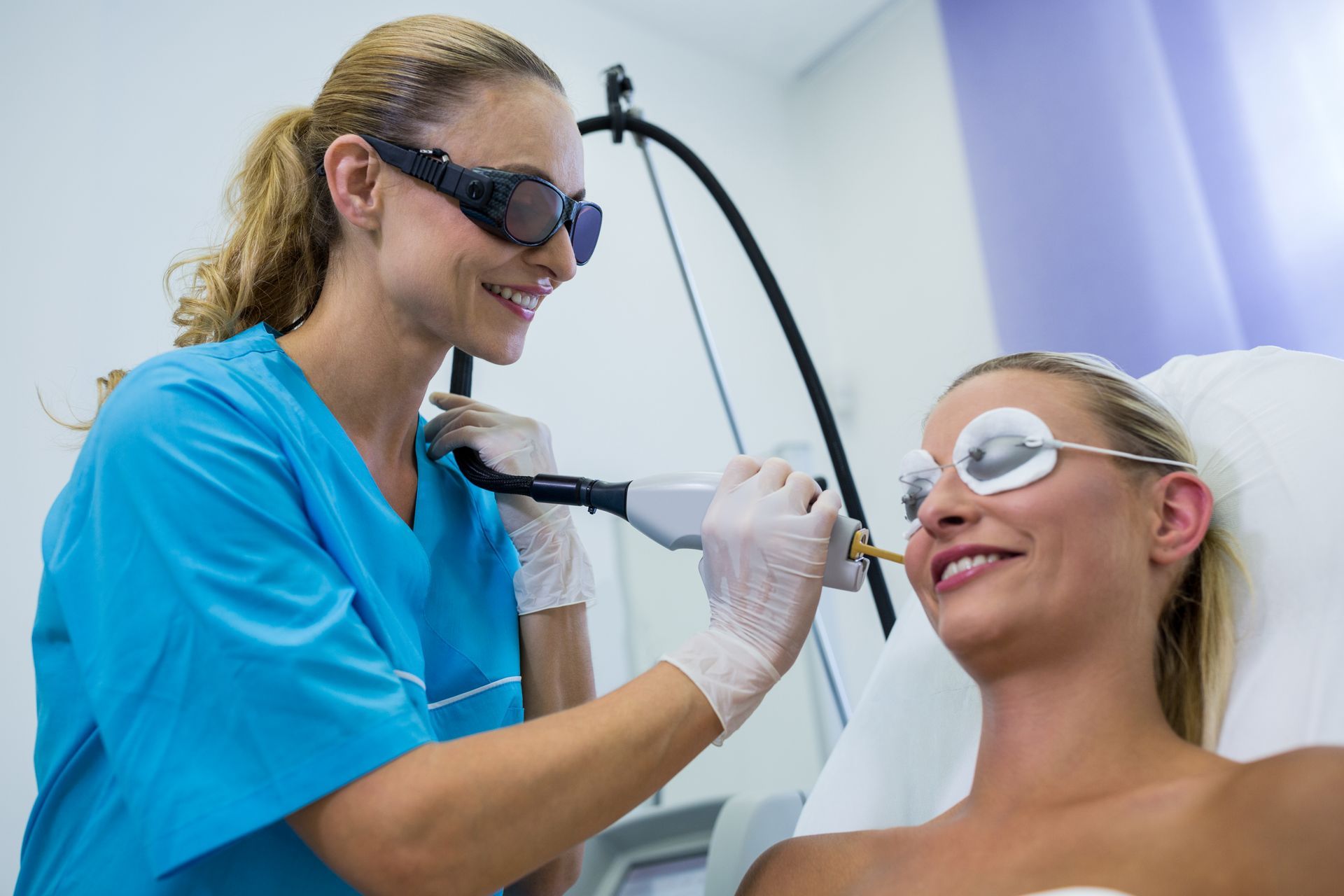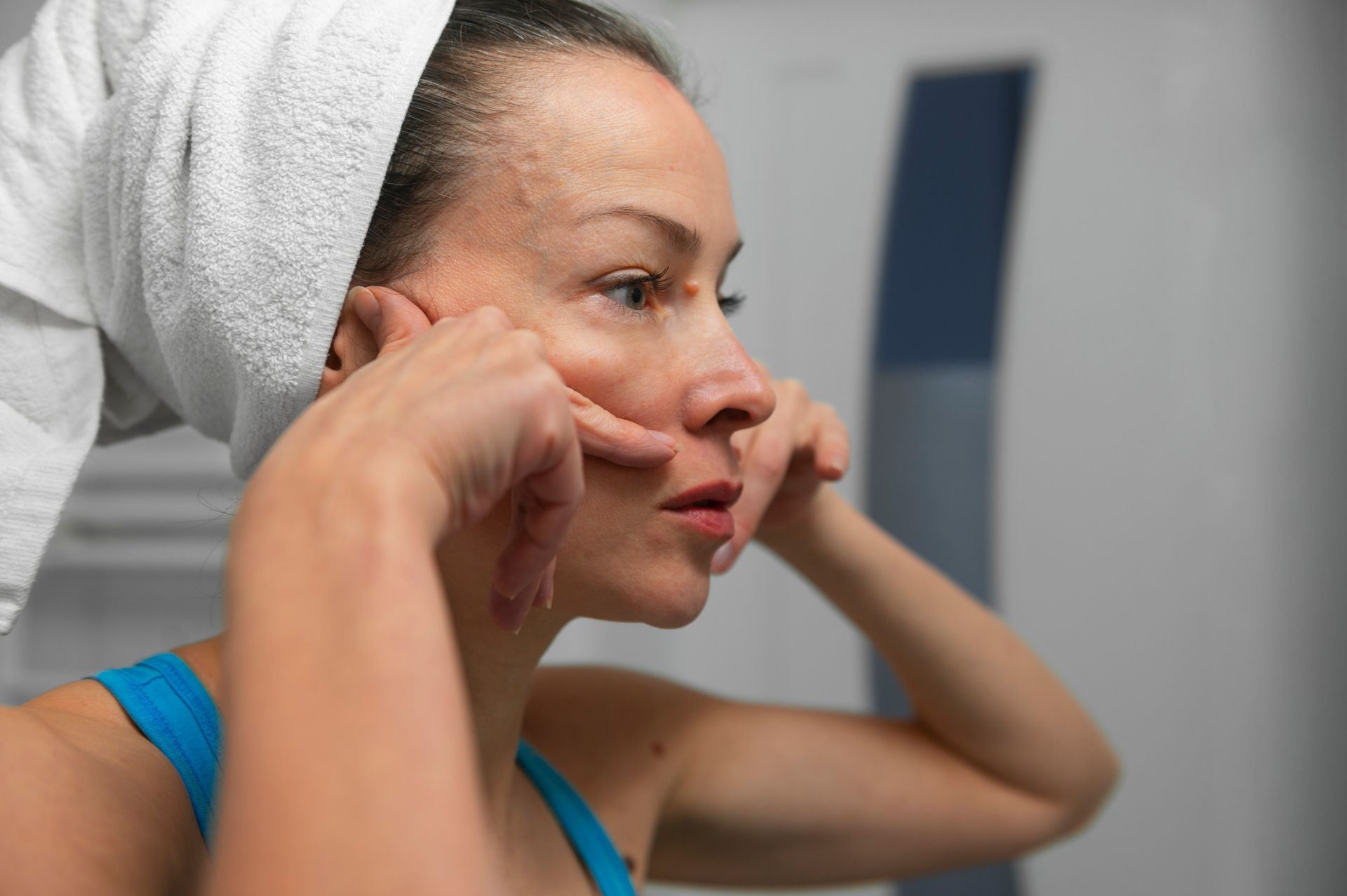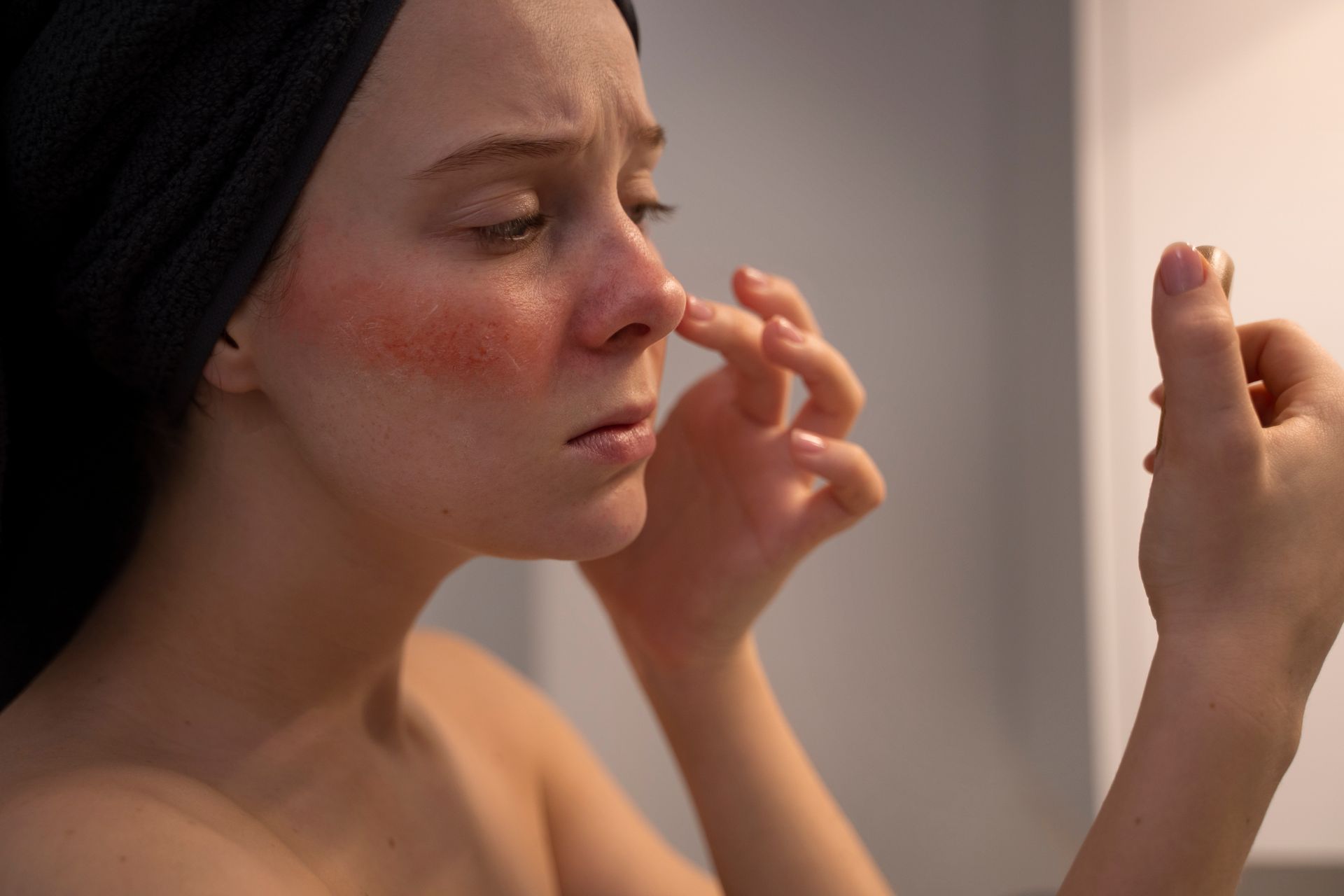What Is The Best Facial Treatment For Aging Skin
As we age, our skin undergoes various changes, from the appearance of fine lines and wrinkles to a loss of elasticity and firmness. One of the most effective ways to combat these signs of aging is through specialized facial treatments designed to rejuvenate and restore youthful radiance. But what is the best facial treatment for aging skin? The short answer is that the best treatment often combines multiple techniques such as chemical peels, microdermabrasion, and collagen-boosting therapies. These treatments work to improve texture, tone, and hydration while stimulating the production of collagen and elastin, two vital proteins for maintaining youthful skin. In this article, we'll explore the top facial treatments for aging skin and how they can benefit you.
What Your Skin Needs As It Ages
Aging skin differs from younger skin in a variety of ways. Over time, collagen production slows down, leading to sagging skin, wrinkles, and fine lines. Also, cell turnover decreases, making the skin appear dull and tired. To address these concerns, anti-aging facials focus on exfoliation, hydration, and stimulating the production of collagen. Knowing your specific skin type and aging concerns can help you choose the most effective facial treatment for long-lasting results.
1. HydraFacial
A HydraFacial is an excellent treatment for aging skin, particularly for those who struggle with dehydration and loss of elasticity. This non-invasive procedure combines exfoliation, extraction, and deep hydration by infusing the skin with serums containing hyaluronic acid, antioxidants, and peptides.
- Benefits: HydraFacials hydrate the skin, improve elasticity, and reduce the appearance of fine lines, giving your skin an instant glow.
- Ideal For: People with dry, aging skin who need hydration and rejuvenation without irritation.
2. Microdermabrasion
For those looking for a less invasive treatment, microdermabrasion is a fantastic option. This procedure uses fine crystals to gently exfoliate the outermost layer of dead skin, improving the appearance of fine lines, wrinkles, and uneven skin tone.
- Benefits: Microdermabrasion stimulates collagen production, increases circulation, and helps reduce the appearance of age spots.
- Ideal For: People with mild to moderate aging concerns who want a gentle but effective treatment with no downtime.
3. Chemical Peels for Aging Skin
One of the most popular facial treatments for aging skin is a chemical peel. This treatment involves applying a chemical solution to the skin, which helps to remove dead skin cells, revealing a fresher, more youthful layer of skin beneath. Chemical peels come in varying strengths—light, medium, and deep—depending on the level of exfoliation needed.
- Benefits: Chemical peels smooth out wrinkles, improve skin texture, and lighten age spots and sun damage.
- Ideal For: People with moderate to severe signs of aging who want noticeable improvements in skin texture and tone.
4. Microneedling
For deeper lines and wrinkles, microneedling is a popular option. This procedure involves using a device with fine needles to create tiny punctures in the skin. These micro-injuries stimulate the skin’s natural healing process, boosting collagen and elastin production.
- Benefits: Microneedling helps improve the appearance of wrinkles, scars, and sagging skin by encouraging collagen production and cell regeneration.
- Ideal For: Individuals with more advanced signs of aging, such as deep wrinkles or loose skin.
5. Radiofrequency Skin Tightening
If you're seeking a non-invasive treatment for sagging skin, radiofrequency (RF) skin tightening is one of the best facial treatments for aging skin. This treatment uses heat energy to stimulate collagen production and tighten the skin, providing a more lifted and youthful appearance.
- Benefits: RF skin tightening firms sagging skin, reduces wrinkles, and improves skin texture without surgery or downtime.
- Ideal For: People with mild to moderate skin laxity who want a lifting effect without invasive procedures.
6. LED Light Therapy
LED light therapy is another popular treatment for aging skin, particularly for addressing fine lines, wrinkles, and pigmentation issues. The therapy uses different wavelengths of light, such as red or blue, to penetrate the skin and promote healing.
- Benefits: LED light therapy stimulates collagen production, reduces inflammation, and helps with hyperpigmentation and sun damage.
- Ideal For: Individuals with aging skin who prefer a gentle treatment that can be combined with other facial procedures.
7. Oxygen Facial
An oxygen facial is another highly recommended treatment for aging skin. It involves infusing oxygen and serums rich in vitamins and minerals into the skin, which helps to plump, hydrate, and revitalize a tired complexion.
- Benefits: Oxygen facials brighten the skin, improve blood circulation, and reduce the appearance of fine lines, leaving you with a youthful glow.
- Ideal For: People with dull, tired-looking skin who want an instant boost of radiance.
Experience the Best Facial Treatments at Huggie Beauty
If you're looking for the best place to experience a rejuvenating facial treatment, Huggie Beauty is the ideal choice. With a team of skilled estheticians and a range of customized facials tailored to your specific skin type and concerns, Huggie Beauty ensures that you leave with glowing, healthy skin. Their commitment to using high-quality products, combined with a relaxing and professional environment, makes them stand out as the go-to destination for achieving optimal skincare results. Whether you need hydration, exfoliation, or a deep cleanse, Huggie Beauty offers the perfect treatment for your unique needs.
Conclusion
When it comes to finding the best facial treatment for aging skin, there are several options to choose from, each offering unique benefits depending on your specific needs. Chemical peels, microdermabrasion, and microneedling are all excellent for stimulating collagen and smoothing the skin, while treatments like HydraFacials and oxygen facials focus on hydration and rejuvenation. If you're looking for a non-invasive lift, radiofrequency skin tightening can help firm and tone sagging skin. Ultimately, the best facial treatment for you depends on your skin type, concerns, and goals.
BOOK YOUR FREE SESSION
